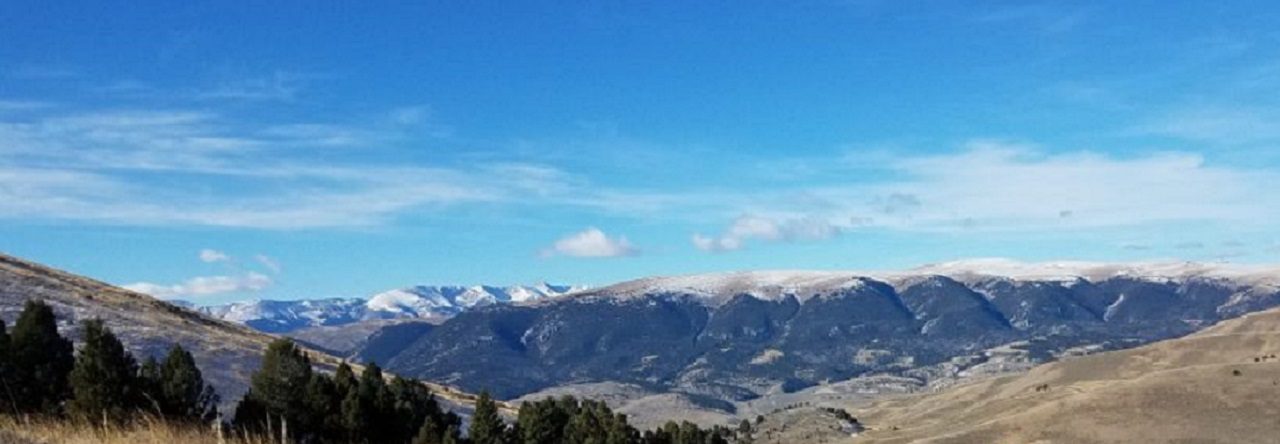This is a great hike any time but more so during reenactment weekends. The national park hosts several living history events with period encampments and demonstrations throughout the year. I normally have done this hike over the Memorial Day weekend inconjunction with the park’s “Military Through the Ages” event. The historic significance of the battle ground really is driven home as you near the end of the hike. You get a real sense of what life and travel was like 200 years ago.
This 16 mile trail loops through both Kings Mountain State Park and Kings Mountain National Military Park. You can pick up the trail from one of the organized group primitive camping sites (+-800′) or from the state park camp ground, the trail loop conveniently passed both. Water and latrines are available in both areas. You will start out heading South and wind towards the South-west as the trail takes you over some rolling hills. The trail passes several wilderness designated camp sites and streams along the way. Near the state park’s southern boundary, the trail will make a fairly sharp turn to the North and rising up and away from the water. Just before this direction shift happens, the stream flattens out a little with some low banks. This is a good place to top off your water. The Garner Creek Campsite (+-700′) on the national park side is on high ground and dry. There is another stream past the Garner Creek Campsite but it’s about a quarter mile after the campsite. Once the trail shifts to the North, it rises out of the cooler valleys, becomes a little dryer and warmer. You know you are getting close to the camp site when you cross a dirt road. The Garner Creek Campsite is clearly marked and the only designated wildernes campsite of the national par side.
Up and on the trail the next morning this section goes pretty quickly with a run up bowns’s mountain and exploring the battle ground visitors center. about a mile after you leave Garner Creek, you will come to a spur trail for Browns Mountain (1045′). Summiting this peak is a short run up to the top of Brown’s Mountain and back down. The visitors center is only a couple short miles from here. The trail loop passes to the North of the battle ground and visitor center. Hike the spur trail on in for a stop at the national park visitor center.
This is a must do if you have not been here before. First of all, the visitor center has bathrooms and water. The area near the bathrooms is shaded and a great place to eat lunch. Second, but probably most importantly, the visitor center and 1.5 mile self-guiding walking trail around the battle field (+-1020′) is the heart of the park and key to understanding the history of the site. One of the cool things about Kings Mountain is the connection to the Appalachian Trail in the Roan Mountain area. In the late September-early October of 1780 (the rebel Americans were knee deep in a not-going-so-well break-away revolt against the British empire), hundreds of men crossed what is today the Appalachian Trail near the Over Mountain Shelter in Tennessee and hiked 80 miles in to history at the Battle of Kings Mountain, changing the tide of the Revolutionary war. Hiking these areas really adds a depth and an order of magnitude to history you just can’t get from a text book.
After touring all of the sights at the national park visitor center, simply retrace your way back to the loop trail and continue the remaining few miles to your starting point.
Favorite Time of year: Memorial Day Weekend, but check the park schedule for reenactments events.
Distance: 16 miles (the 1.5 mile battle field trail is a bonus)
Things to Know: This is a moderate hike. The actual battle ground is in the national park with regular park camping on the state park side. The 16 mile trail loops through both.
Camping: Primitive on the trail. Primitive, tent site, and cabins designated within the park (reservations required). There are several primitive trail camp sites on trail in the state park, however on the national park side camping is only allowed at Garner Creek Campsite.
Pet friendly: Mostly pet friendly, must be leashed at all times, okay everywhere outdoors except cabin and lodging areas of the park.
Getting There: Located near the Northern border of the state, Kings Mountain State Park is in Cherokee and York Counties, South Carolina, just to the West of Charlotte North Carolina. It’s about a 4 hour drive from the Charleston area.
#


























